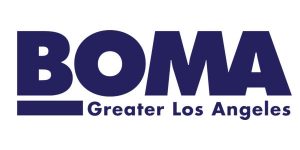Plumbing problems can lead to sky-high water bills—not to mention major structural damage to the home. A small leak could waste tens of thousands of gallons of water each year and result in much larger headaches. Making your clients aware of these simple tips to prevent water damage can help avoid major insurance claims later.
Inspect your pipes
Look for signs of dripping and corrosion in exposed pipes, such as supply lines for toilets and sinks, as well as lines leading to appliances such as dishwashers, refrigerator ice makers, and washing machines. Leaking fixtures may need replacement parts, such as a new O-ring or cartridge for a dripping faucet or a flapper for a leaky toilet.
Sneak up on leaks
Even if you don’t see dripping, you may still have a problem. Wall or cabinet stains, rusty water, cracked or warped flooring and a musty smell are all indicators of plumbing issues.
Focus on faulty plumbing
Shutoff valves and copper and brass fittings are the first places corrosion occurs. The likelihood of corrosion is greater if the metals are mismatched, as when galvanized pipes connect directly to copper lines. This should be repaired immediately. But if the pipes are corroded or rusted, have them replaced.
Monitor your meter
Water meters are great leakage detectors. Note the current level of water usage on your meter, and then suspend all water usage for 30 minutes, making sure all water-using appliances are turned off. Recheck the meter. If the triangular leak indicator is spinning or the dial hand has moved or the number has increased, you probably have a leak.
Remedy the problems
You don’t have to be an expert to fix small plumbing issues, as long as you feel comfortable and confident taking them on. If you have water-damaged flooring and walls, consider hiring a plumbing pro to fix the leak, and then replace the damaged areas to avoid mold growth. For major problems or anything you’re unsure how to fix, always call an expert.
By
Christian Rovsek









